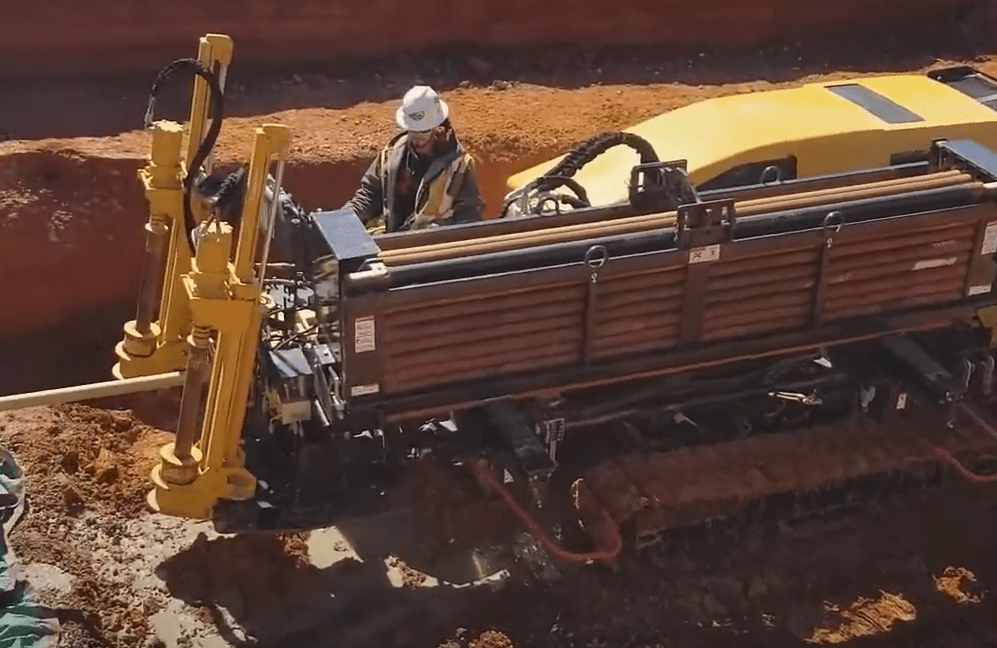Directional drilling is a revolutionary technique in the field of oil and gas exploration and production. It allows for the drilling of wells that deviate from the vertical direction, which enables access to subsurface reserves that were previously unreachable. Directional drilling has been utilized for nearly a century, according to Drillers.com, and in that time, advancements in technology have enabled incredible feats of engineering when it comes to drilling at different angles, making turns, and reaching underground targets from greater distances.
The Advantages of Horizontal Directional Drilling
Horizontal directional drilling is a method of drilling that allows for the installation of pipelines and cables underground without disturbing the surface environment. This is achieved by drilling at an angle, rather than straight down, and then turning the drill bit to a horizontal position. This method is particularly useful for installing pipelines and cables under rivers and other bodies of water.
Extending the Reach of Drilling: Extended Reach Drilling
Extended reach drilling is a technique used in the oil and gas industry to reach resources located in deepwater offshore locations. It involves drilling long, horizontal wells that extend several kilometers from the drilling rig. This technique is necessary for reaching oil and gas reserves that are in deep waters and are not accessible through traditional vertical drilling methods.
Drilling in Tight Spaces: Coiled Tubing Drilling
Coiled tubing drilling is a technique used to drill in tight spaces or areas where traditional drilling methods are not feasible. It involves the use of a long, continuous steel pipe called coiled tubing, which is inserted into the wellbore. The drilling tools are then attached to the end of the coiled tubing, which allows the drilling of the well from the surface.
Maximizing Production With Multi-Lateral Drilling
Multi-lateral drilling is a technique that allows for the access of multiple subsurface targets from a single wellbore. This is achieved by drilling a horizontal or deviated wellbore and then drilling additional branches, or laterals, from the main wellbore. This technique is particularly useful in fields where the subsurface is complex or where there are multiple reservoirs that need to be accessed.
These techniques have revolutionized the oil and gas industry, which makes it possible to extract resources from previously inaccessible areas and increase production while reducing costs and environmental impact. To learn more about the techniques or to hire a professional team, then get in touch with our team at Hardrock HDDP today!
